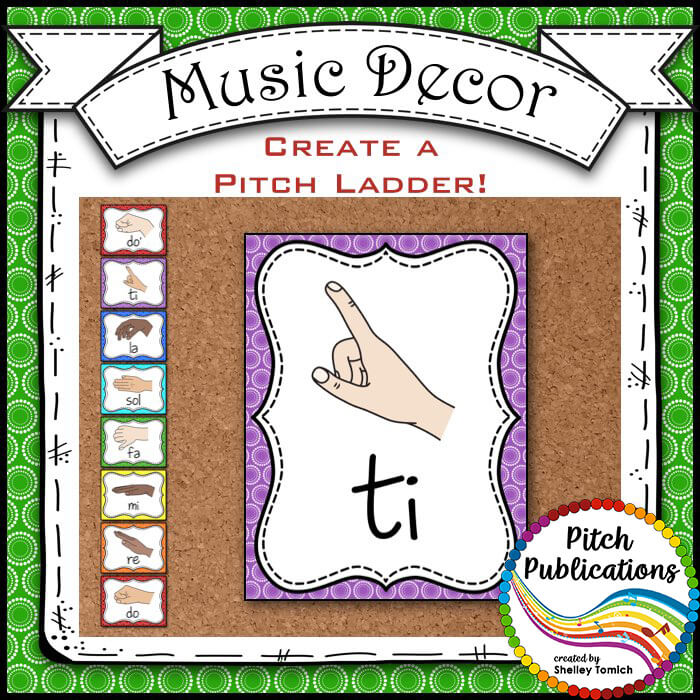

You can also sing the chromatic scale Acappella using a voice recorder or a piano. You can play it on a piano or keyboard with a video tutorial to learn the proper pronunciations. The chromatic scale notes are pronounced as sharp or flat. If you’re not familiar with the solfege chromatic scale, try learning it at a slow tempo, using a practice piano. The syllables Do and Ti in the minor scale are the same as the syllables Do and Ti of the major scale. In the case of the chromatic scale, it is easy to identify the enharmonic equivalents of the syllables. The key difference between a cappella is the syllable. If you have difficulties singing the chromatic scale on a keyboard or piano, you can try singing it a cappella. Using a video tutorial, you can practice the chromatic scale in a cappella. In general, practicing on the chromatic scale on a keyboard or piano will help you learn to play it in other keys with ease.Īfter learning the major and minor scales, you can start playing the chromatic scale on a piano or keyboard. This will help you develop your ear for music. You should practice at a slow tempo and at a comfortable pitch. You can also sing the chromatic scale in a cappella. The chromatic scale is most commonly played on a keyboard or piano. In singing and playing the chromatic, it helps improve the ear for the major and minor scale notes. In addition, the syllables of the major and minor scales are always the same, so transposing is a breeze. The enharmonic names are a key of the scale and are a guide for comparing different pitches. In solfege, the chromatic scale notes are also known as the tone rows. Native speakers sing the name of the note, “do,” without modifying it. The movable do is always the first major or minor key degree. The fixed-do is C and the movable do is La. The syllables do and la represent the major and minor scale degrees.

#SOLFEGE CHROMATIC HOW TO#
While previous transformational theories have shed light on third relations in Schubert’s harmony (Cohn 1999), modal spelled pitch class transpositions show the scales and melodies that prolong third-related harmonies also participate in their own third relations.Solfege chromatic scale notes are the most common method for learning how to play the chromatic scale. 960, demonstrate the analytic potential of modal spelled pitch class and the eight types of coordinated transpositions. Close readings of Franz Schubert’s Impromptu in E ♭ major, D. This argument aligns with recent reevaluations of Jacques Handschin’s tone character (Clampitt and Noll 2011 Noll 2016b) and suggests a path of reconciliation in the ongoing solfège debate. In the construction of modal spelled pitch class, la-minor solfège is of equal importance to do-minor solfège, and subsequent analyses contrast the perspectives of both types of movable- do solfège users. From there one can infer other information, such as scale degree, mode, and la-minor solfège.

Modal spelled pitch class takes the form of an ordered triple that includes the key signature, the generic pitch classes (letter names without accidentals) of the tonic, and the note in question. This article develops the notion of modal spelled pitch class by combining Julian Hook’s theory of spelled heptachords and Steven Rings’s heard scale degree.


 0 kommentar(er)
0 kommentar(er)
